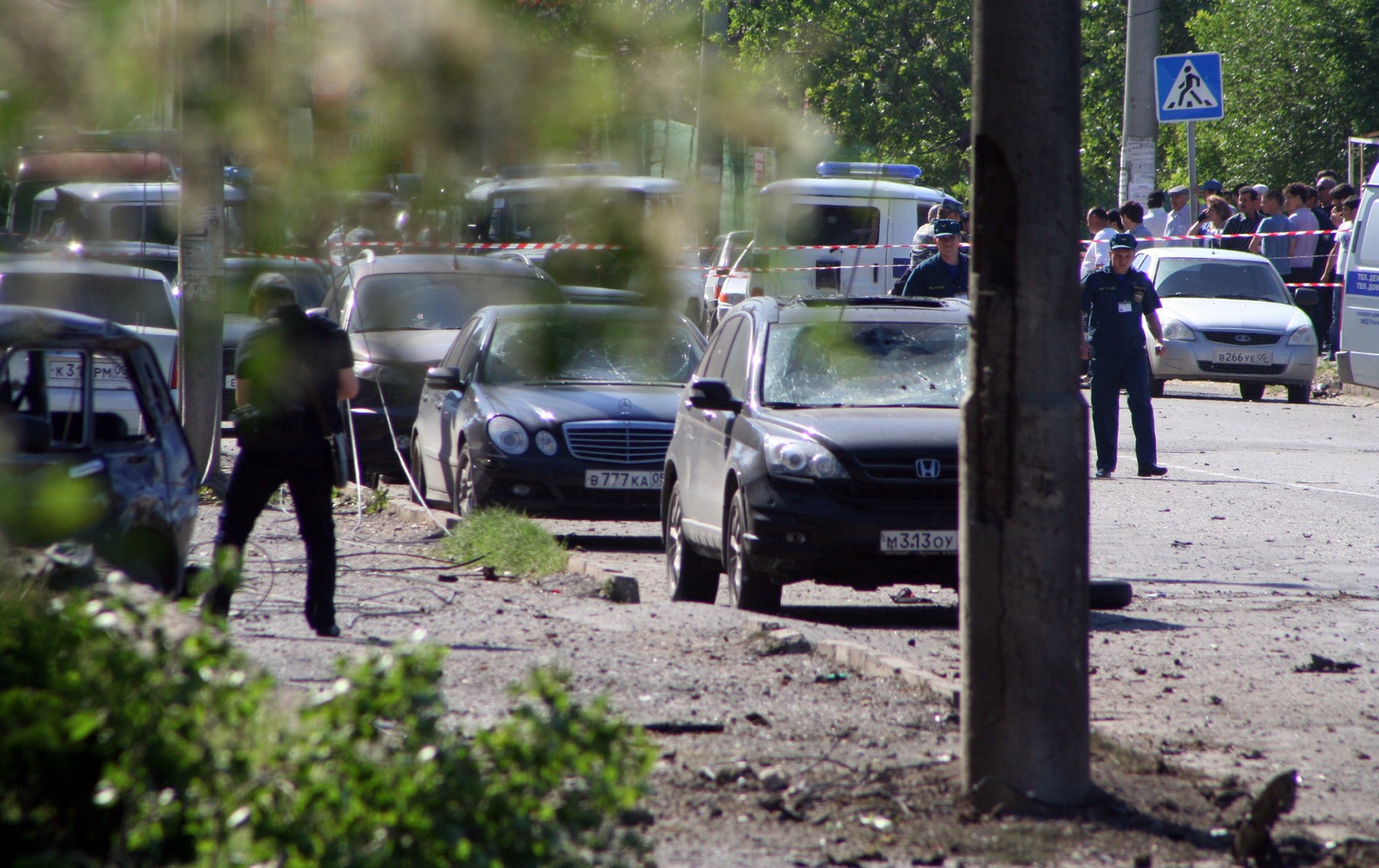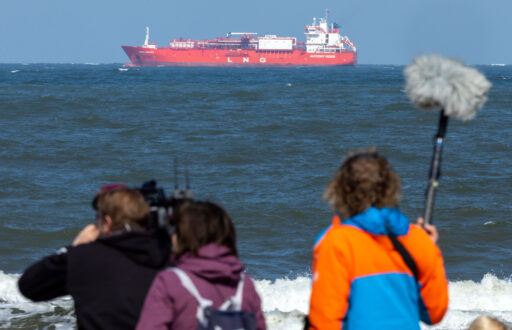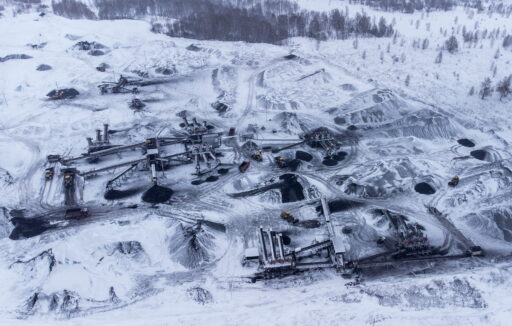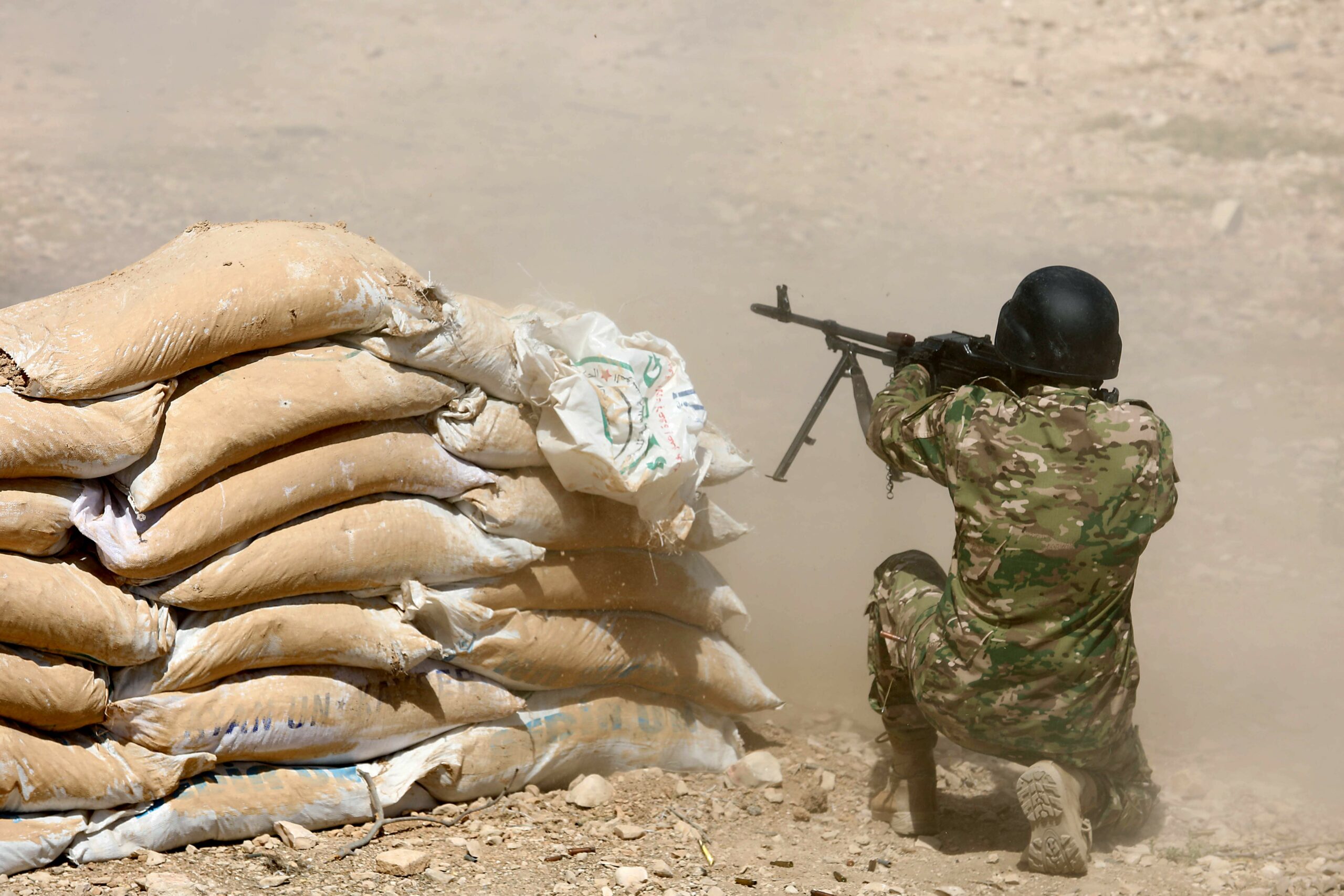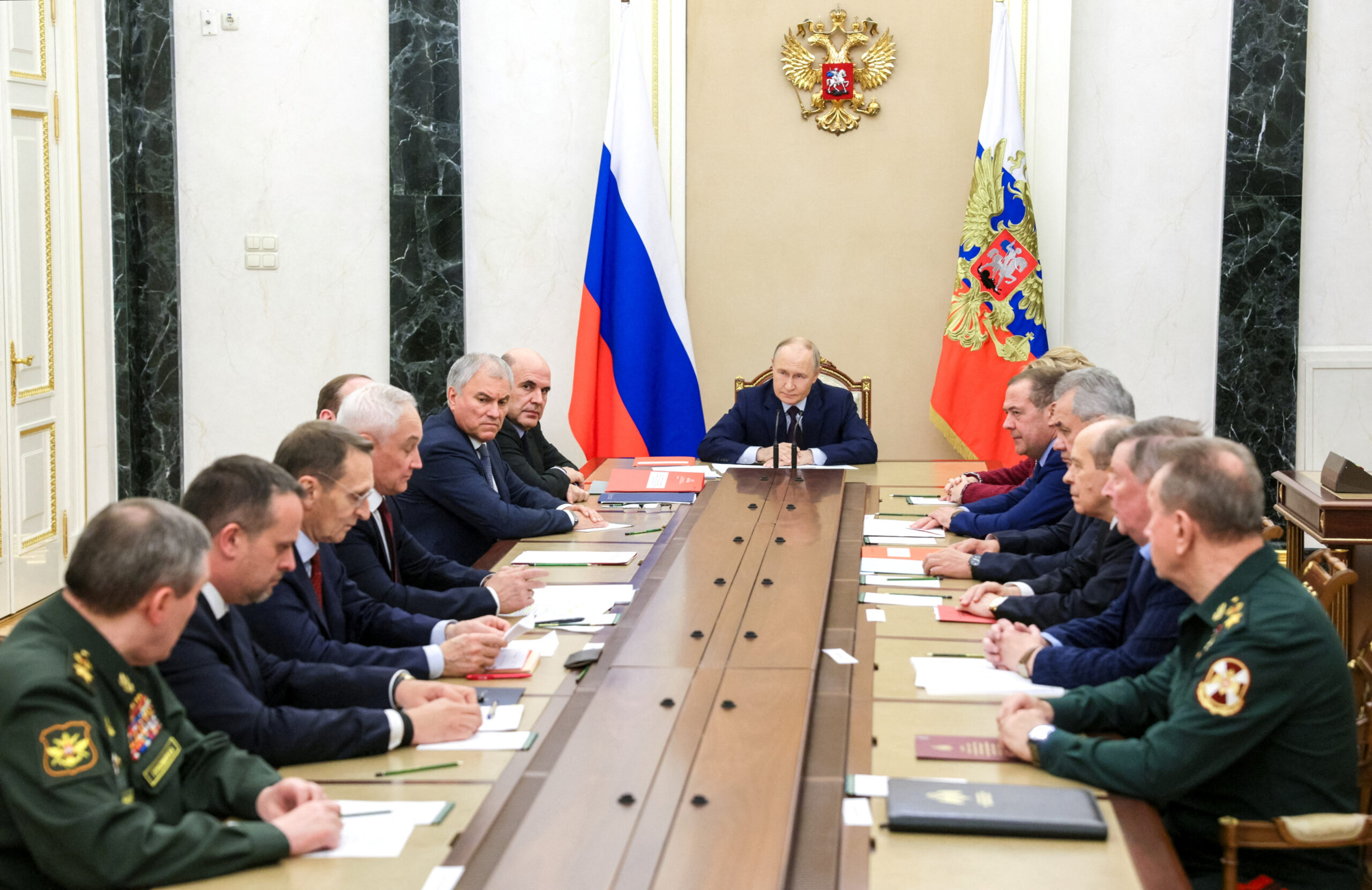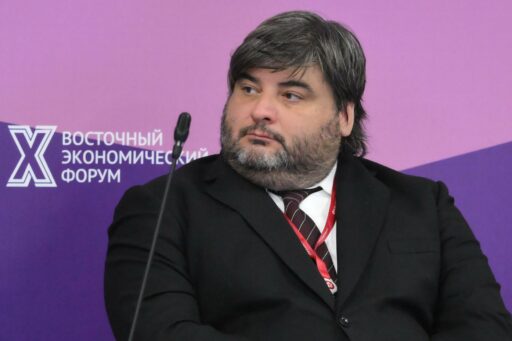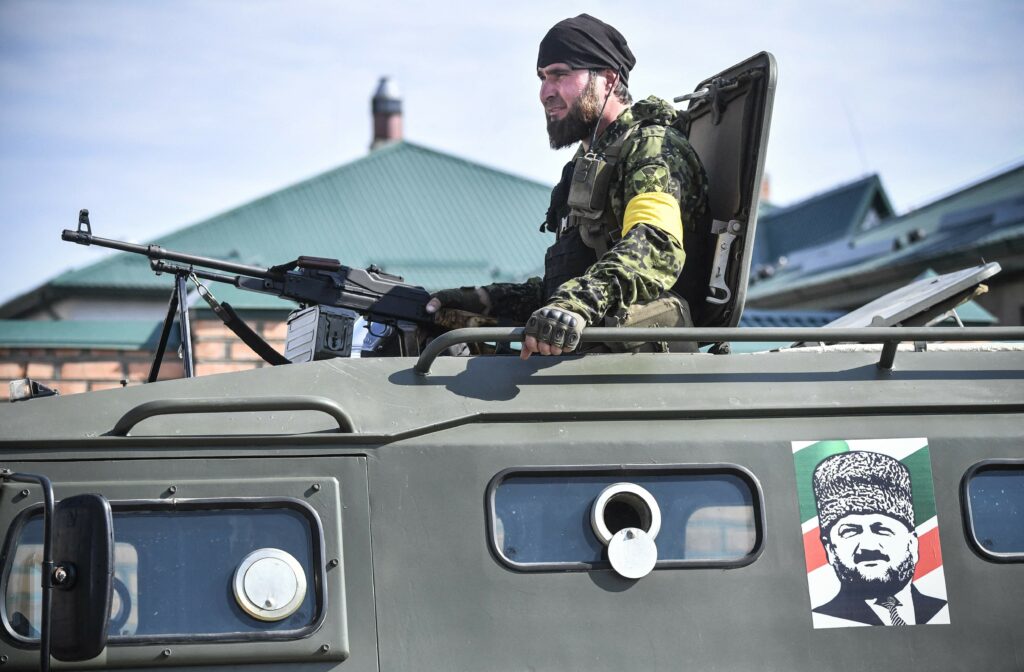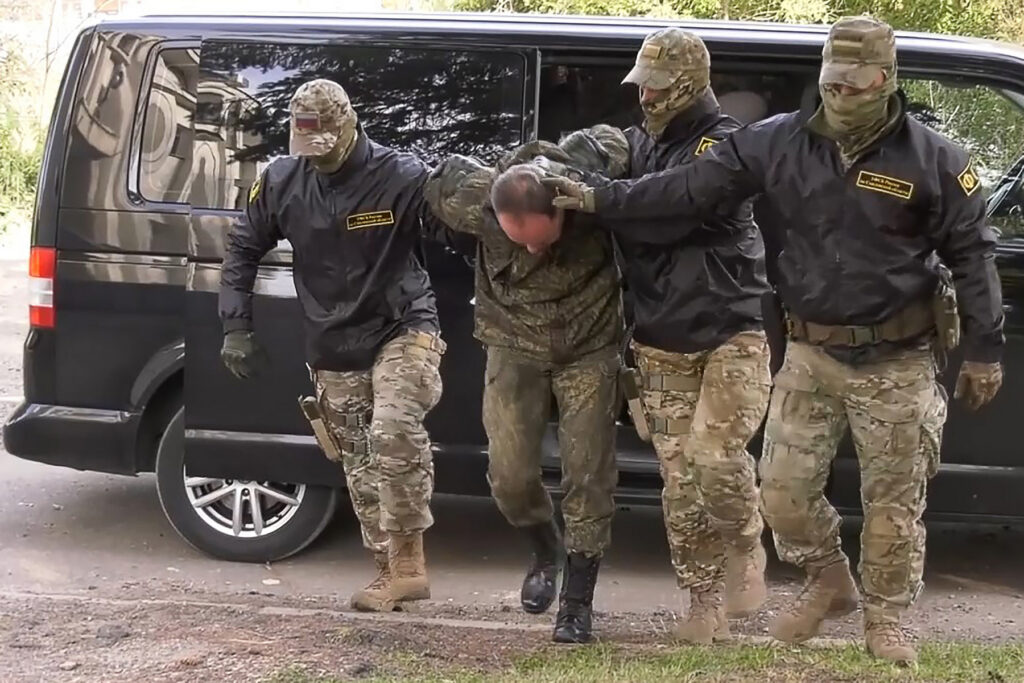Over the last 18 months there has been an uptick in violence across the North Caucasus. This is alarming in and of itself, and even more so is how that this is occurring while a generational shift is taking place within the militant rank and file.
Radicalisation is rife. Opinion polling of Chechen youth residing in Moscow and Chechnya conducted by historian and political analyst Mairbek Vatchagaev indicates strong levels of affinity for ISIS. Almost 50% of respondents approved of the terrorist organization, with the highest approval rate amongst students.
Vatchagaev also analyzed data from the regional media outlet Caucasian Knot, which shows the age of militants has decreased, with “almost 90% of militants killed” between 2016 and 2019 under the age of 35. Caucasian Knot’s own analysis of their data also notes an increase in the number of youth among militant casualties, but between 2015 and 2018. So, while the exact number cannot be evaluated, at least some of these sympathizers are choosing to take up armed resistance.
Meanwhile, Caucasian Knot’s armed conflict casualty statistics indicate an increase in casualties. These numbers count victims of the “continuing armed conflict in the North Caucasus” and include the wounded and dead militant resistance (boeviki), federal-allied security services (siloviki), and civilians. Although the count takes in all parties, the boeviki predominantly make up the dead. The siloviki comprise the majority of the wounded. So an increase in the overall casualties is frequently, depending on the quarter, boosted by an increased number of militants killed. In any case, that tally shows 31 died and 13 were wounded in 2019; in 2020, 45 died and 11 were wounded, with 18 dead and 8 wounded in the fourth quarter alone. In 2021’s first quarter, the quietest quarter during years of increased casualties, 9 died and 10 were wounded.
This trend indicates that not only are the sympathetic youth participating in militant conflicts with the siloviki, but in enough numbers to create a noticeable uptick in the data. So the important question now is, why is it increasing?
Heavy handed crackdowns
As an answer to this question, regional analysts and experts on radicalisation have pointed their fingers at one group: the security services. Yet these analysts differ in their opinions on how the security services are radicalizing youth. They believe the police either trick the youth into joining radical groups to help pad their arrest rates, or radicalise them via the siloviki’s heavy-handed crackdowns.
The heavy-handedness of the local security services is well documented. Dagestani police have a reputation of harassing and arresting mosque-goers. In particular, those who attend Salafist mosques. This targeting is due to how in the eyes of the federal and regional authorities, there is no difference between Salafists and Wahabbists, nor between terrorists and peaceful practitioners of fundamentalist schools of Islam. That lack of sensitivity turns regular mosque-goers into prime terror suspects. These actions by the siloviki deprive the people of the ability to peacefully practice their religion, despite guarantees under Article 28 of the Constitution of the Russian Federation. The irony in this case is by persecuting peaceful citizens, the authorities are helping to push them toward such a radical cause.
In Chechnya, one only needs to peruse the Telegram channel of the “1Adat” movement to see the heavyhandedness of security forces. as they document cases of abductions and torture by the kadyrovtsy, Ramzan Kadyrov’s personal army. The situation of “1Adat” epitomises the suffocating atmosphere surrounding public political expression in Chechnya: the group’s leaders remain anonymous and the single leader the kadyrovtsy managed to identify was arrested and tortured. The heavier the crackdown on society, the more society reacts.
No Release Valve
The primary reaction for state coercion would normally be protest. But this form of expressing dissatisfaction is difficult in the North Caucasus. Ivan Klyszcz recently addressed the institutional blocks to dissent, highlighting the lack of “development of structures for political deliberation and public participation.” While this kind of structural development is absent inside the political system created by the authorities, structures for extra-systemic participation (i.e., militant networks) are decayed, but still present.
On top of this, security services have also grown bolder in their crackdowns against those connected to protests. These actions further discourage others from considering protesting. In Ingushetia, leaders of the Council of Teips of Ingushetia accused of organizing mass protests in 2018 and 2019, were arrested. This group was one of the main civil society organizations in the region. So the detention of its leaders was a direct affront to the Ingush people. The authorities then disolved the Council in March 2020. This was a message to the limited number of civil society organizations in the region.
Acts like these also threaten the public by the prospect of stifling their mouthpieces in society should they decide to protest. In Dagestan, the security services detained several local youth ahead of and at the planned April 21 rally in support of Aleksei Navalny. In the case of Diana Dibirova, the police removed her in a classroom arrest. Besides to the boldness of literal class action, her case also indicates that the siloviki are beginning to preemptively arrest youth who have attended demonstrations.
The exception to this trend of bolder crackdowns is Chechnya. This is due to the nearly airtight stranglehold on public expression of dissatisfaction that already exists. It has progressed well past its neighbors in the degree of repression inflicted on its citizens.
The harsh crackdown by security services has effectively shut down any systemic channel where citizens can blow off steam against the authorities. To quote James C. Scott: “Allowing subordinate groups to play at rebellion within specified rules and times helps prevent more dangerous forms of aggression.” Protest is a form of rebellion, expressing counter-wishes to the authorities. As this method of release is not available as an outlet for the population in the current political situation, they will turn outward; in this case, the evidence is pointing toward militantism serving that purpose.
Ready to Blow?
The severity of the security services’ tactics is unlikely to abate anytime soon. Where the North Caucasus is concerned, the authorities’ instinctive reaction to the smallest sign of instability is to crackdown harder. This means the spiral of radicalisation and militantism is likely here for the long haul. The generational turnover in the militant ranks is also likely to continue, and serves particular significance to the longevity of the armed resistance.
